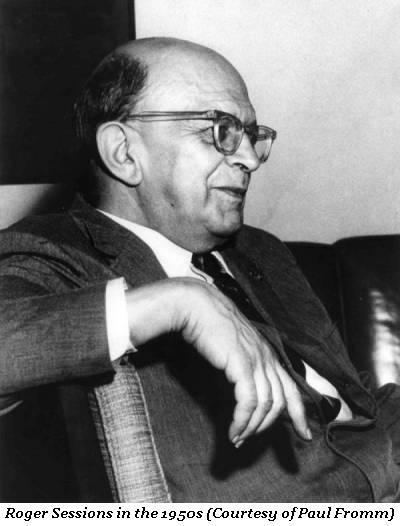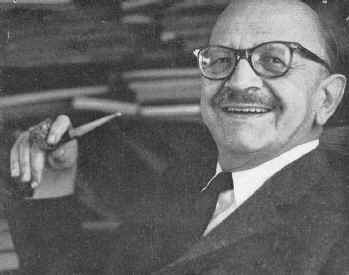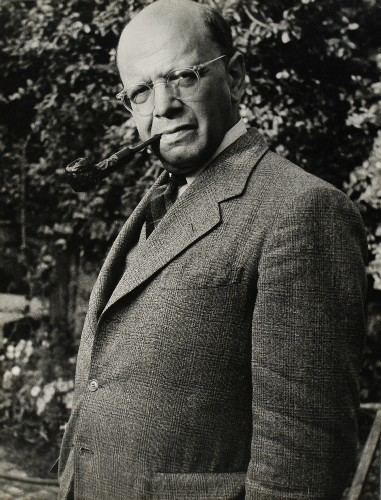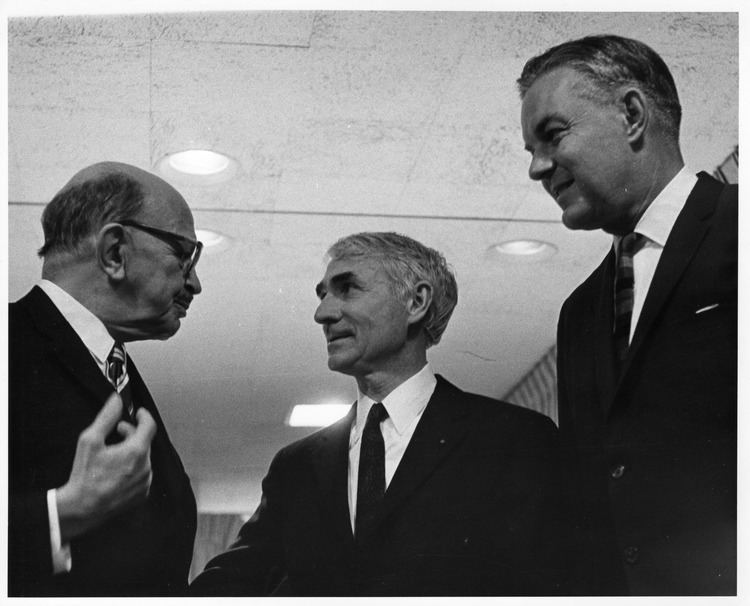Name Roger Sessions | ||
 | ||
Compositions Montezuma, Montezuma, Violin Concerto, Violin Concerto, Concerto for Orchestra, Concerto for Orchestra, Piano Sonata no 2: III Misurato e pesante, Piano Sonata no 2: III Misurato e pesante, Piano Sonata no 2: I Allegro con fuoco, Piano Sonata no 2: I Allegro con fuoco, Symphony No 7, Symphony No 7, Piano Sonata no 2: II Lento, Piano Sonata no 2: II Lento Books Simple architectures for compl, Software fortresses, From My Diary, The musical experienc, Six pieces for violoncello | ||
Roger sessions symphony no 8 ii allegro con brio new philharmonia frederik prausnitz
Roger Huntington Sessions (December 28, 1896 – March 16, 1985) was an American composer, teacher, and writer on music.
Contents
- Roger sessions symphony no 8 ii allegro con brio new philharmonia frederik prausnitz
- Roger sessions piano sonata no 3
- Life
- Style
- Major works
- Writings
- References

Roger sessions piano sonata no 3
Life

Sessions was born in Brooklyn, New York, to a family that could trace its roots back to the American revolution. His mother, Ruth Huntington Sessions, was a direct descendent of Samuel Huntington, a signatory of the Declaration of Independence. Roger studied music at Harvard University from the age of 14. There he wrote for and subsequently edited the Harvard Musical Review. Graduating at age 18, he went on to study at Yale University under Horatio Parker and Ernest Bloch before teaching at Smith College. With the exception, mostly, of his incidental music to the play The Black Maskers, composed in part in Cleveland in 1923, his first major compositions came while he was traveling Europe with his wife in his mid-twenties and early thirties.

Returning to the United States in 1933, he taught first at Princeton University (from 1936), moved to the University of California, Berkeley, where he taught from 1945 to 1953, and then returned to Princeton until retiring in 1965. He was elected a Fellow of the American Academy of Arts and Sciences in 1961. He was appointed Bloch Professor at Berkeley (1966–67), and gave the Charles Eliot Norton Lectures at Harvard University in 1968–69. He continued to teach on a part-time basis at the Juilliard School from 1966 until 1983.
For a list of his notable students, See: List of music students by teacher: R to S#Roger Sessions.
In 1968 Sessions was awarded the Edward MacDowell Medal for outstanding contribution to the arts by the MacDowell Colony. Sessions won a special Pulitzer Prize in 1974 citing "his life's work as a distinguished American composer." In 1982 he won the annual Pulitzer Prize for Music for his Concerto for Orchestra, first performed by the Boston Symphony Orchestra on October 23, 1981.
He died at the age of 88 in Princeton, New Jersey.
Style
His works written up to 1930 or so are more or less neoclassical in style. Those written between 1930 and 1940 are more or less tonal but harmonically complex. The works from 1946 on are atonal, and beginning with the Solo Violin Sonata of 1953, serial—though not consistently employing Viennese twelve-tone technique. Only the first movement and the trio of the scherzo of the Violin Sonata, for example, employ a twelve-tone row strictly, the rest employing a scalar-constructed dissonant style. Sessions's usual method was to use a row to control the full chromaticism and motivic-intervallic cohesion that already marks his music from before 1953. He treats his rows with great freedom, however, typically using pairs of unordered complementary hexachords to provide “harmonic” aspects without determining note-by-note melodic succession, or conversely using the row to supply melodic thematic material while freely composing the subsidiary parts.
Major works
Some works received their first professional performance many years after completion. The Sixth Symphony (1966) was given its first complete performance on March 4, 1977 by the Juilliard Orchestra in New York City.
The Ninth Symphony (1978), commissioned by the Syracuse Symphony Orchestra and Frederik Prausnitz, was premiered on January 17, 1980 by the same orchestra conducted by Christopher Keene.
